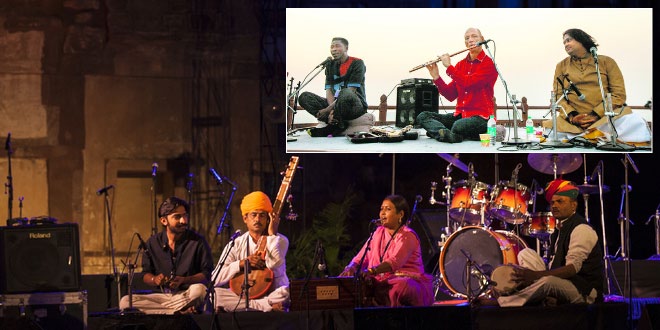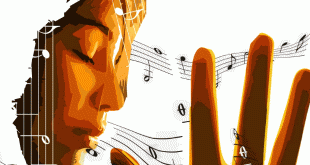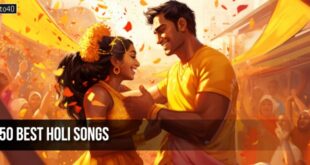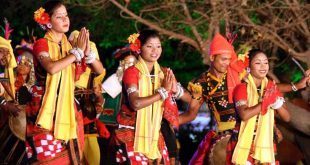A heady mix of rustic and contemporary notes and global rhythms — Rajasthan folk festival encourages and promotes people’s music
Jodhpur RIFF (Rajasthan International Folk Festival) is different. It is music from dawn to midnight and beyond. It coincides with Sharad purnima — the brightest full moon each year.
From finding one’s way in the dark before dawn, to get that choicest place in front of the artistes whose forms one can hardly make out before the sun rises behind them; to watching the moon rise behind performing living legends; to visiting an impeccably maintained magnificent 15th century fort mounting 400 feet and witness roots musicians from across the world on a stage bereft of any branding and ornamentation; to walking half-an-hour well past the midnight in wilderness and reach an open air amphitheatre just to experience a concert without any acoustics; or to listen to home-grown Rajasthani, largely illiterate, folk musicians performing with acclaimed international artistes, and making locals proud of their flawless and often better than their well-healed global partners — Jodhpur RIFF is certainly different.
For instance, it experiences no head bangers, no mojos, no shoving or pushing, heads swaying in rhythm, fingers tapping — trying to keep pace with the tabla, congo, kamaycha, drums, and dhols; these are the only gestures of the audiences at Jodhpur RIFF.
In its ninth edition, RIFF was held at the Blue City, Jodhpur, at the overpowering Mehrangarh Fort last month.
Unlike most music festivals, RIFF is not a festival of the elistists’, by the elitists’, for the elistists’. This is a festival for everyone who want to enjoy music and take away a different experience along.
Even for folk singers this is not a means to reach international fame and earn through it. It has been for them, a way of entertainment and keeping the tradition alive. But RIFF has made them realise their worth and in nine years, the biggest difference this festival has brought is the awakening of interest and respect for the traditional folk musicians in the country and across the world; not only among the aficionados, but also the youth with fleeting brush with music.
So what does this difference do? It attracts music lovers not only from any region but youth and people of older generations from across the country than any other music festival. It also pulls in international audiences in bulk, so much so that sometimes it seems Indians and foreign audiences are in equal numbers at some performances.
So, what brings international performers and audiences to the festival? It is the raw charm of the local talents, old and new, who showcase their worth to their global partners as well as give them a great, healthy competition through fusion, without knowing each other’s language.
Here the only language that flows is music through vocal recitals and instrumental collaborations. At times, the folk musicians / vocalists get no time to rehearse with their foreign collaborators, yet the product that comes on the stage is marvellous.
 Kids Portal For Parents India Kids Network
Kids Portal For Parents India Kids Network







